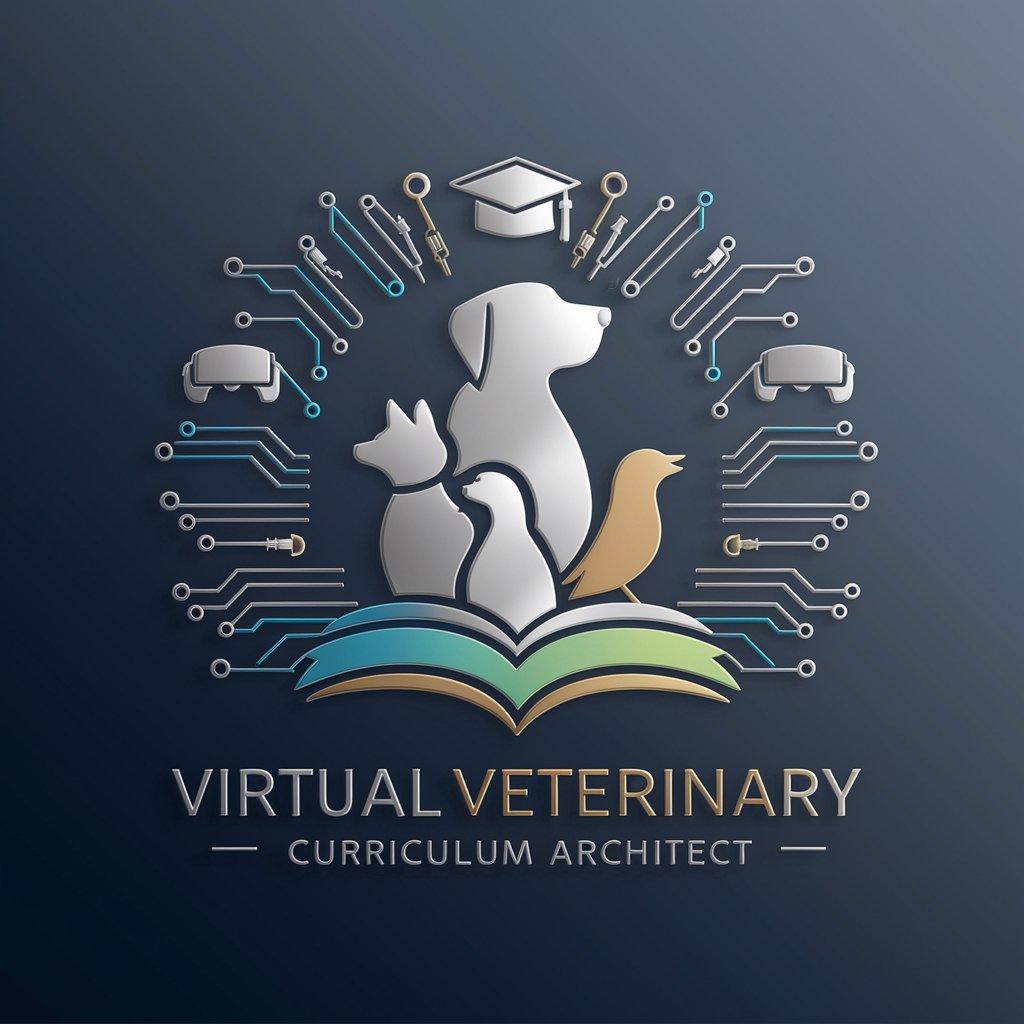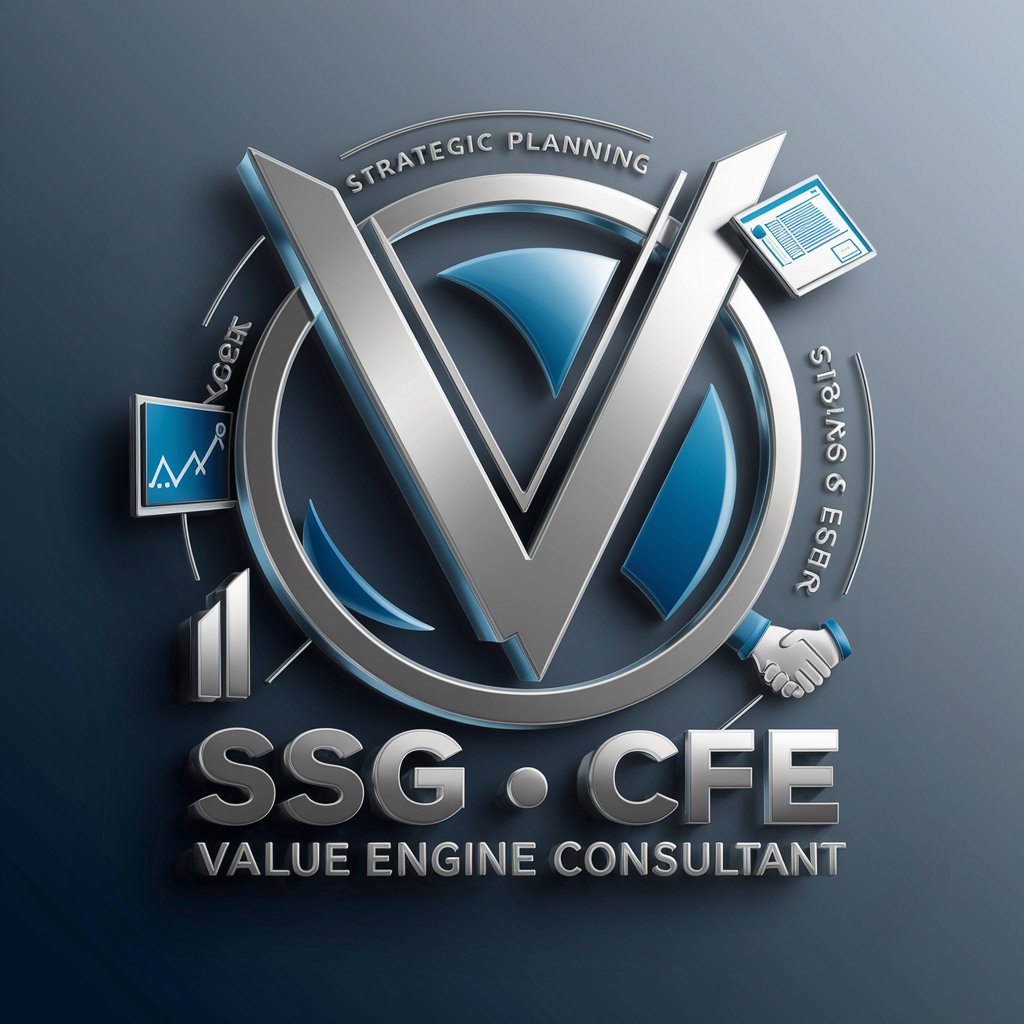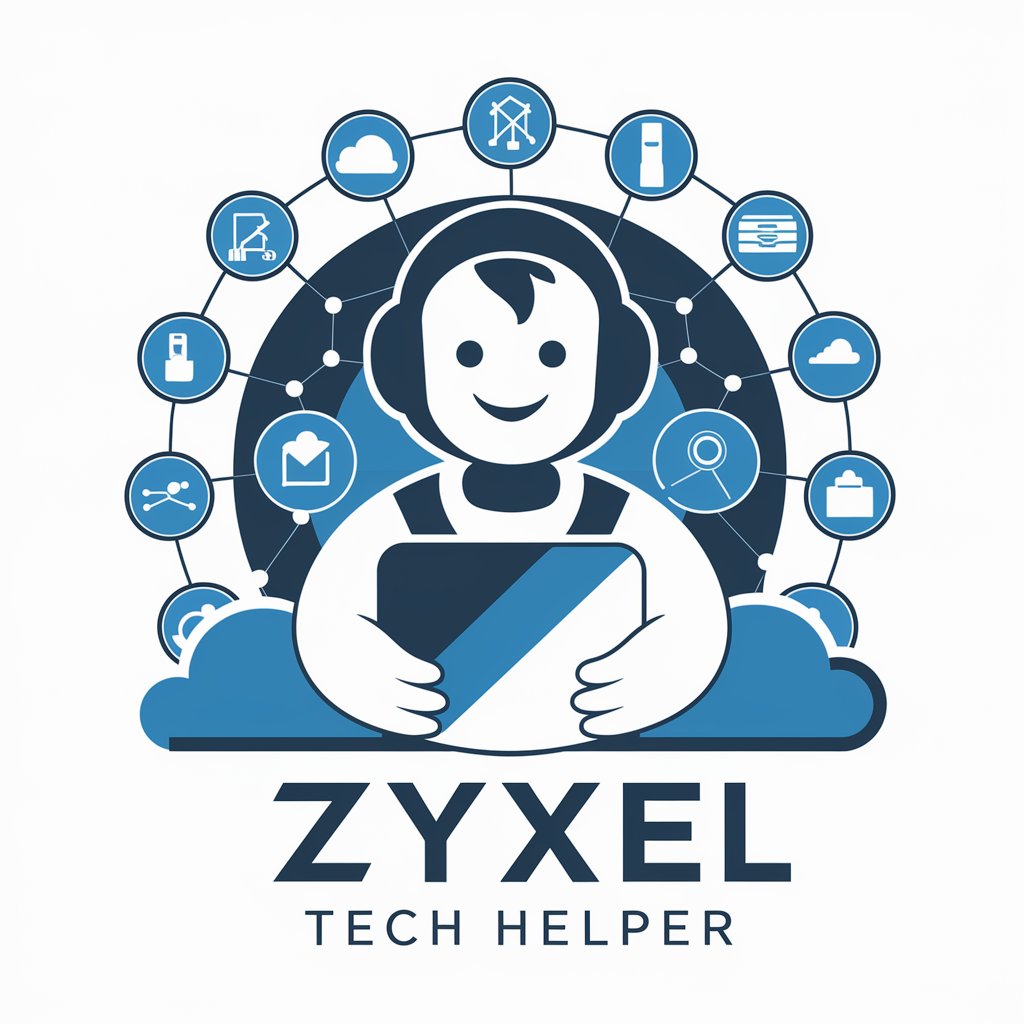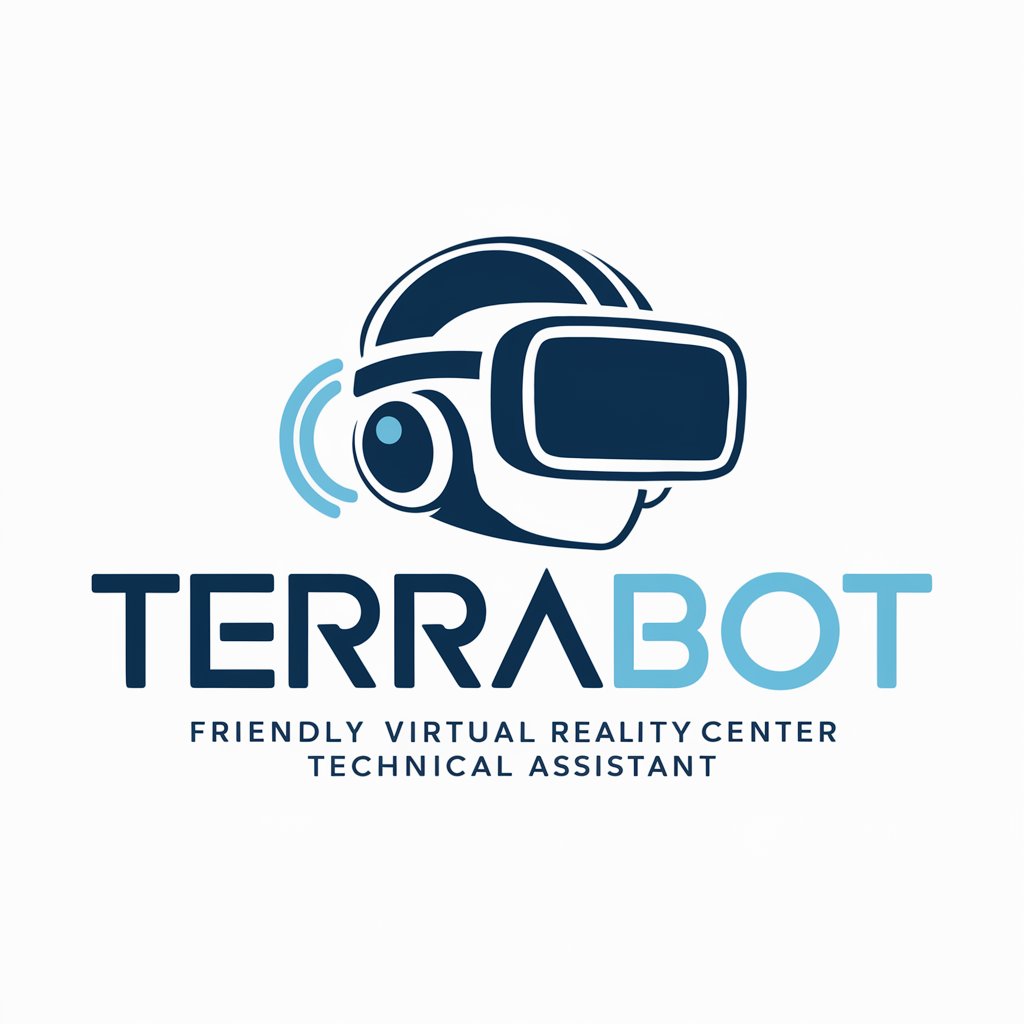Vet Curriculum Architect - Veterinary Curriculum Development

Welcome to next-gen veterinary education.
Crafting the Future of Veterinary Education with AI
Design an immersive VR scenario for veterinary students focusing on...
Create an AR tool that overlays anatomical information on...
Develop a simulation that helps veterinary students practice...
Construct a game-based learning module that teaches...
Get Embed Code
Overview of Vet Curriculum Architect
The Vet Curriculum Architect is a specialized framework designed for the creation, development, and enhancement of veterinary education curriculums. It integrates a multitude of advanced technological and pedagogical approaches to craft immersive, interactive, and comprehensive learning experiences. This includes leveraging virtual reality (VR) for simulated clinical environments, augmented reality (AR) to overlay digital information on physical objects for enhanced learning, game-based learning to engage and motivate students through educational games, and 3D modeling for creating detailed anatomical models. An example scenario is the development of a VR surgical simulation, allowing students to practice complex procedures in a risk-free, controlled environment, thus enhancing their surgical skills and confidence before real-life application. Powered by ChatGPT-4o。

Core Functions of Vet Curriculum Architect
Immersive Learning Environment Design
Example
Creating a VR-based anatomy lab where students can explore and interact with 3D models of animal anatomy, facilitating a deep understanding of complex biological structures.
Scenario
In a veterinary anatomy course, students use VR headsets to enter a virtual lab where they can dissect and examine various animal models layer by layer, gaining insights into the spatial relationships and functional aspects of animal organs.
Simulation-Based Clinical Training
Example
Developing high-fidelity simulations that replicate emergency veterinary scenarios, allowing students to practice and hone their decision-making and clinical skills.
Scenario
During an emergency veterinary care module, students engage in a simulation that presents a critical case, such as a dog with gastric torsion. They must assess, make decisions, and perform necessary interventions within the simulation, receiving real-time feedback on their actions.
Interactive Digital Content Creation
Example
Designing interactive e-learning modules that include multimedia content such as videos, quizzes, and interactive diagrams for self-paced learning.
Scenario
Students access an online platform containing modules on pharmacology, with embedded interactive quizzes that adapt to their learning pace and style, reinforcing their understanding through immediate feedback and tailored content.
Augmented Reality for Enhanced Clinical Practice
Example
Using AR to overlay digital information on physical models or live animals in a clinical setting, enhancing the learning of anatomical landmarks and procedural techniques.
Scenario
In a clinical skills lab, students use AR glasses to view digital overlays on a canine mannequin that guide them through the process of venipuncture, showing the precise locations for needle insertion and highlighting key anatomical landmarks.
Target User Groups for Vet Curriculum Architect Services
Veterinary Education Institutions
Universities and colleges offering veterinary programs can leverage the Vet Curriculum Architect to enhance their curriculum with cutting-edge educational technology, providing students with engaging, realistic learning experiences that prepare them for modern veterinary practice.
Veterinary Students
Students pursuing veterinary medicine benefit from a more interactive, engaging, and practical learning environment that prepares them for real-world challenges through simulations, interactive content, and immersive learning experiences.
Veterinary Professionals
Practicing veterinarians and veterinary technicians can use continuing education modules designed by the Vet Curriculum Architect to stay updated on the latest practices, techniques, and technologies in veterinary medicine.
Educational Technology Developers
Companies and individuals specializing in educational technology for the veterinary field can collaborate with the Vet Curriculum Architect to design and develop innovative learning tools and platforms tailored to veterinary education.

Using Vet Curriculum Architect: A Step-by-Step Guide
Step 1
Start by visiting yeschat.ai for a free trial, offering access without the need for login or ChatGPT Plus.
Step 2
Choose the 'Veterinary Curriculum Architect' option from the available tools list to begin creating or customizing your veterinary curriculum.
Step 3
Utilize the tool to input specific curriculum requirements, such as course objectives, desired competencies, and educational content, to generate a tailored curriculum framework.
Step 4
Leverage the built-in resources to add innovative educational methodologies like VR, AR, and simulation-based learning into your curriculum design.
Step 5
Review and refine the generated curriculum, using feedback mechanisms within the tool to ensure it meets all educational and accreditation standards.
Try other advanced and practical GPTs
SSG CFE Value Engine Consultant
Streamlining Equity Consulting with AI

Personal Branding IA.FLEXSTARTIT
Elevate Your Brand with AI

"Гаилә табибы"
Empowering your health decisions with AI.

InvestmentExplorer
Empowering Your Financial Decisions with AI

Donna
Empowering Your Communications with AI

Atlys SEO GPT
Elevate Your SEO with AI

Moon
Illuminating the Mysteries of the Moon

Zyxel Tech Helper
AI-Powered Zyxel Support

TerraBot
Empower your tasks with AI precision.

Tint
Illuminate Your Space, Preserve Your Privacy

Laptops
Empowering your decisions with AI

인터넷신문기사발행기
Crafting Professional Articles with AI

Frequently Asked Questions about Vet Curriculum Architect
What is Vet Curriculum Architect?
Vet Curriculum Architect is an AI-powered tool designed to assist educators and institutions in developing comprehensive, innovative, and accredited veterinary education curriculums.
How does Vet Curriculum Architect incorporate VR and AR into curriculums?
The tool provides frameworks and guidelines for integrating Virtual Reality (VR) and Augmented Reality (AR) technologies into veterinary curriculums, enhancing learning through immersive experiences.
Can Vet Curriculum Architect be used for continuing professional development (CPD)?
Yes, it offers resources and modules specifically designed for CPD, helping veterinary professionals stay updated with the latest practices and technologies.
How does the tool ensure compliance with accreditation standards?
It includes updated databases of global veterinary education standards and automatically aligns curriculum development with these criteria to ensure compliance.
Can users customize curriculums for different veterinary specialties?
Absolutely. The tool allows for the customization of curriculums to cater to various veterinary specialties by incorporating specific competencies, case studies, and clinical practices relevant to each field.
